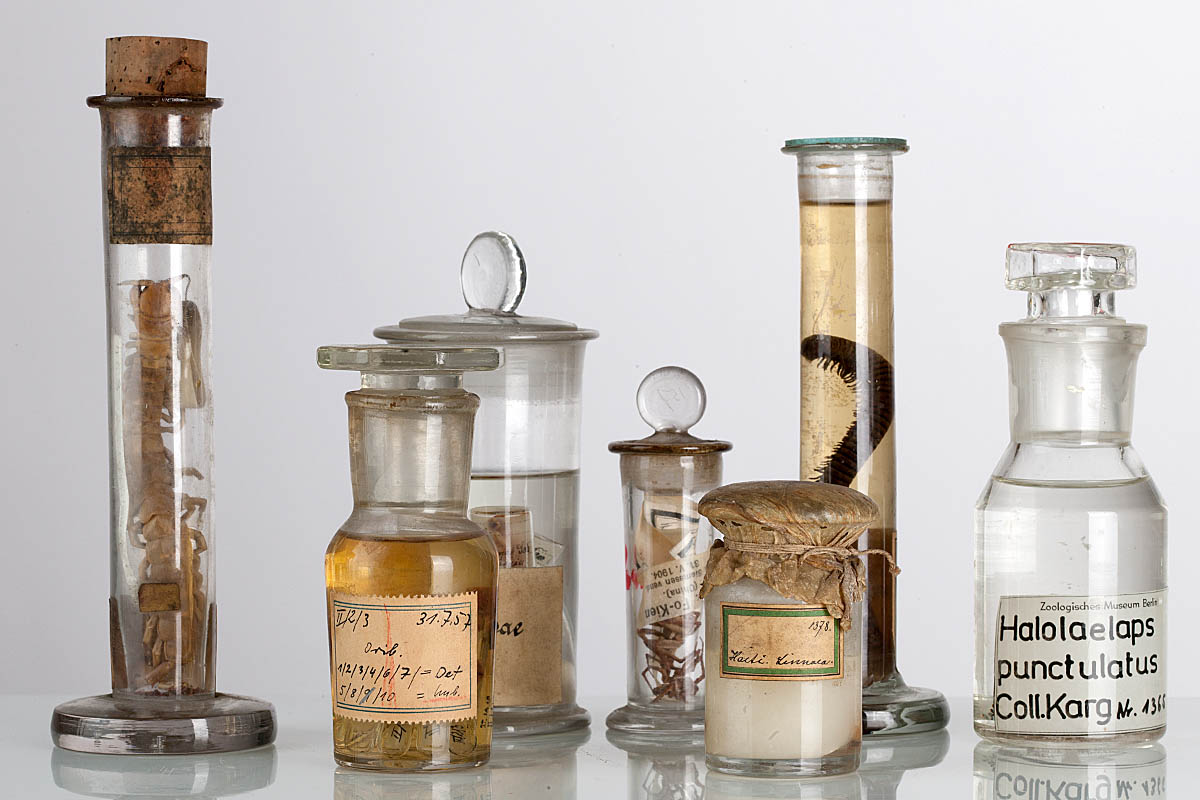
- This event has passed.
Caught in the Web: Navigating Challenges in Digitising the Arachnid and Myriapod Collections

Collection-Based Research – Success Stories and Hidden Pitfalls
Digitalisation of data from natural history museum collections is a key step in modern curation processes. It enables both museum staff and external stakeholders to access and understand assembled material more quickly and efficiently than in the past.
In this talk, Dr. Jason Dunlop, Curator of the collections Arachnida and Myriapoda at the Museum für Naturkunde Berlin, presents ongoing work in the collections. While there is probably no single best method for digitisation, the approaches applied in these collections are summarised, along with some of the advantages and disadvantages encountered along the way.
The approach focuses on metadata rather than images, guided by three simple but vital questions for every object: What is it? Where does it come from? Who collected it? Initial transcription of data from catalogues into tabular formats like Excel is fairly straightforward, often with the help of students or volunteers. The more challenging, but necessary step is checking and correcting the raw data and putting them into a format which is internally consistent (e.g., standard place names). This stage often requires specialist knowledge of the animal groups involved, but sometimes also familiarity with historical and geographical contexts beyond a typical biologist’s training. Linking datasets with unique identification numbers for species, places and people can be useful here. Experience from this work suggests that the difficulties in properly documenting a collection should not be underestimated, and that the best results come from traditional curator or collection manager positions, where individuals have a long-term commitment to the material and have accumulated deep knowledge of its history.
Language: English
REGISTER HERE
Picture: Museum für Naturkunde Berlin, Carola Radke
